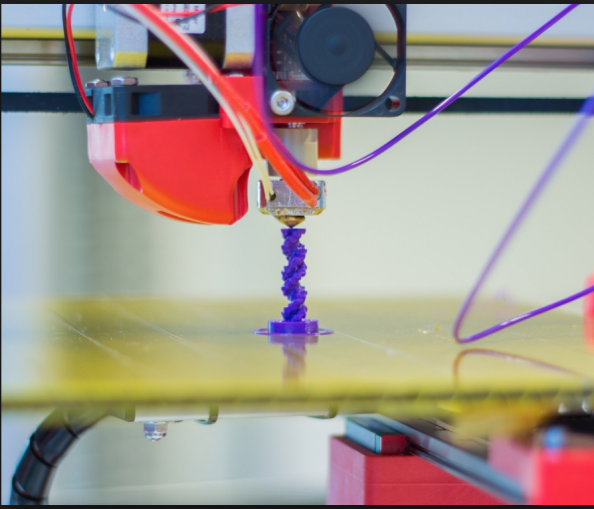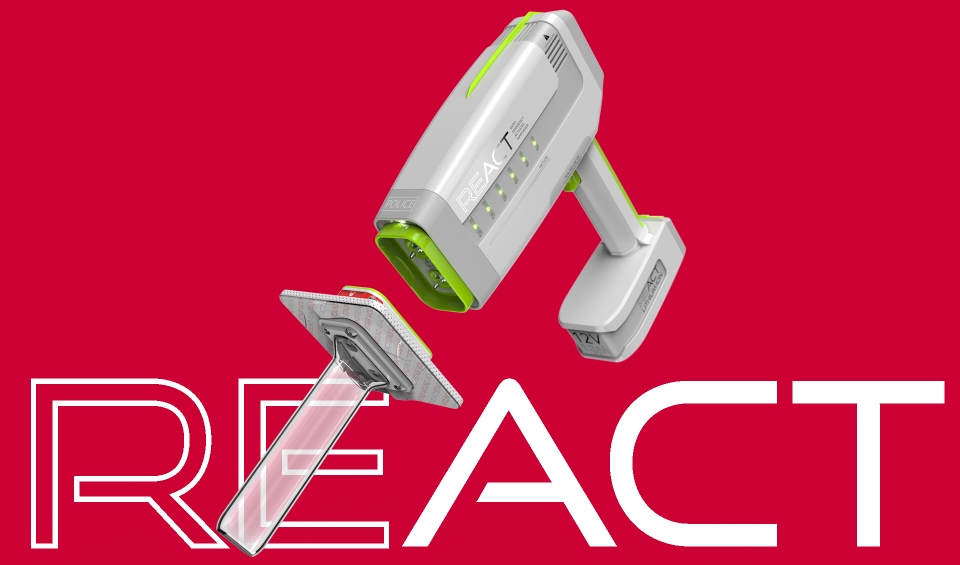
3D Printing Reduces Surgical Risks
The more time a patient is in surgery, the bigger the risk. A growing number of hospitals are using 3D operating models that allow surgeons to practice complex operations before they walk into the operating room.
Practicing beforehand not only helps the surgeries go more quickly but also allows surgeons to test innovative practices to be more confident of their success. 3D printing enables hospitals to create exact models of a patient’s organs for detailed practice.
This can be seen with cases such as the world first 3D printed Kidney transplant.
There are 100,000 patients on the kidney transplant list in the USA alone, with just 21,000 donor organ kidneys available for transplant in the USA, and nearly 50,000 for the UK. The surgeon behind the operation explained how a 3D printed replica of a patient’s kidney was created to allow the surgical team to safely plan an operation to extract the kidney with a tumour, remove the benign tumour, & transplant the tumour-free kidney to the patient.
To create the models, he uploads a patient’s medical images into a special computer program and the models are then printed one thin layer at a time using resin or nylon powder, or liquid plastic. After printing, the models are put into an air blasting machine to blow off the excess.
Not only does this technique give doctors an insight into the patients organs for practice, it can also offer friends and family a clear explanation of how the procedure will be carried out.





